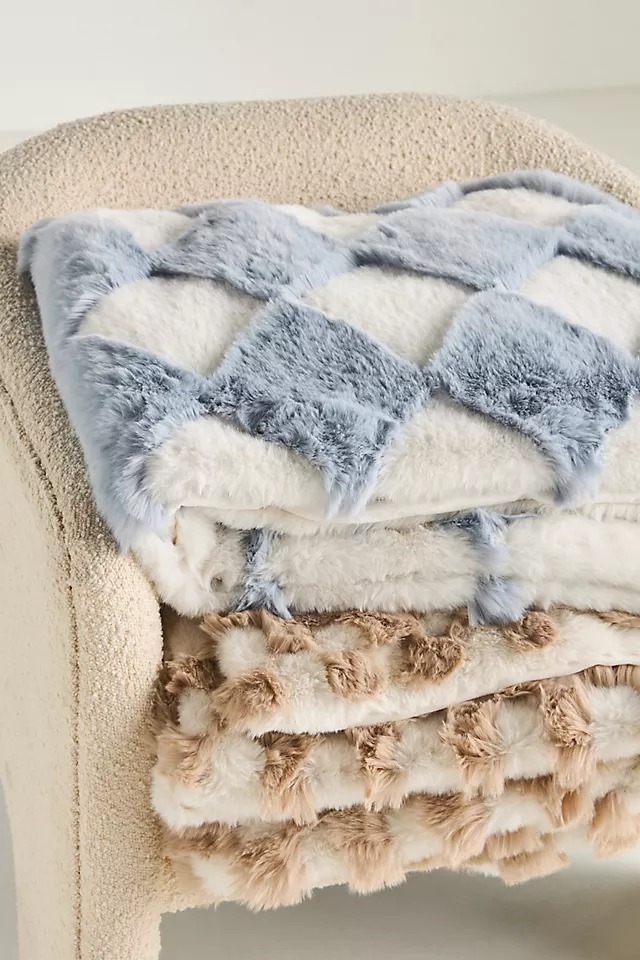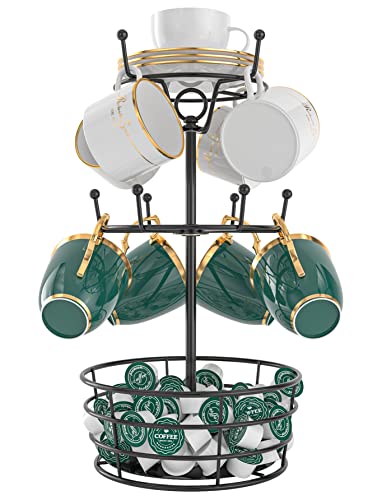15 tidying tips and methods professional organizers swear by – including tidying nightly, not putting stuff down but away, and having a drop zone
Keep your home pristine with these ingenious expert-approved tidying hacks
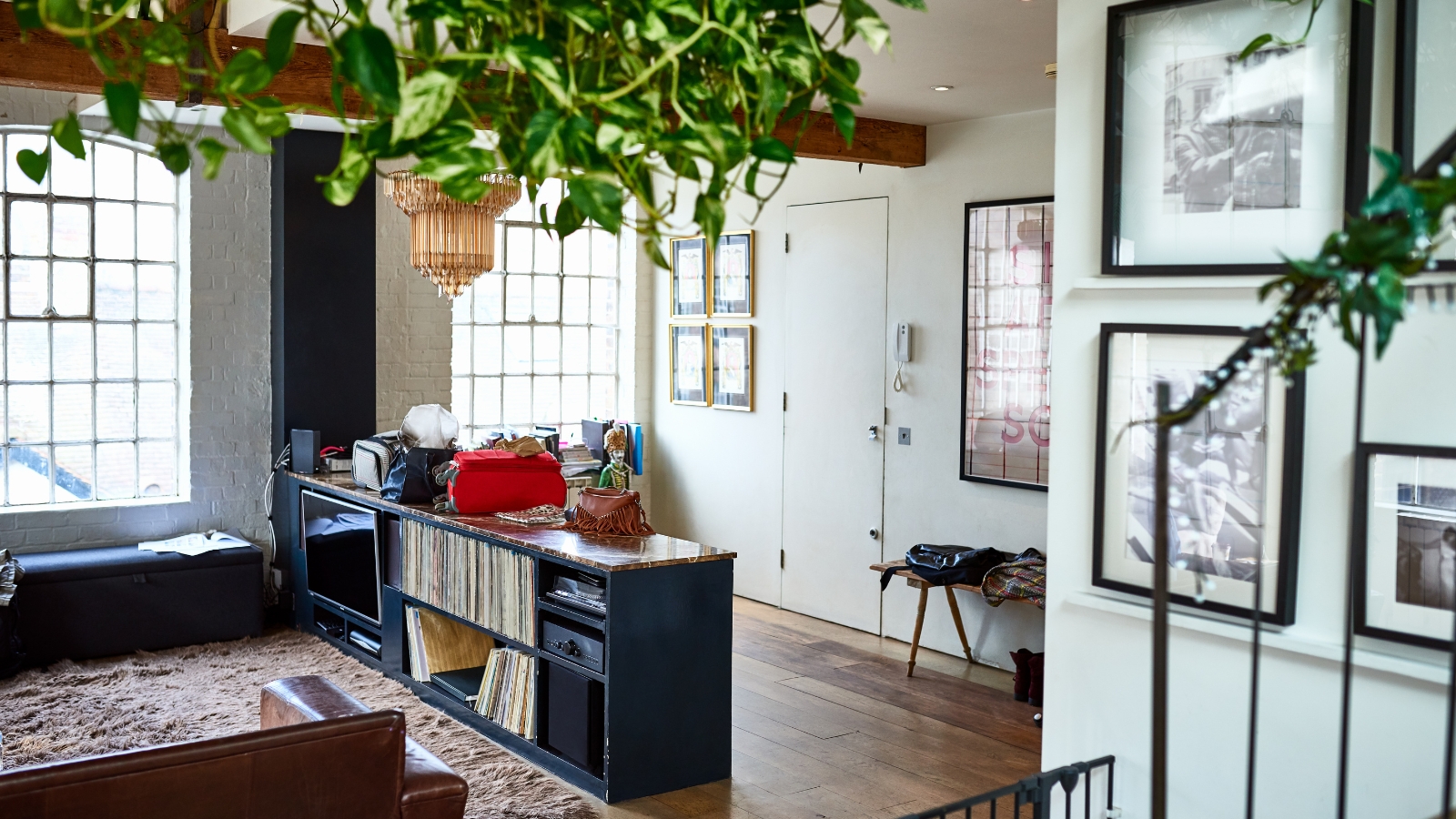
- 1. Make your bed
- 2. Clean the sink
- 3. Tidy nightly
- 4. The 'one in, one out' rule
- 5. Put away now
- 6. Point of performance
- 7. Today's top three
- 8. Vertical storage
- 9. Make your own rules
- 10. Sort toys by category
- 11. Refine your pantry storage
- 12. Use drawer dividers
- 13. The one-touch rule
- 14. Have a drop zone
- 15. Embrace the junk drawer

Keeping your home neat can feel overwhelming, but professional organizers rely on simple, effective, everyday methods to keep things tidy.
Whether you want to declutter or simply keep daily messes in check, these 15 tips from our seasoned organizing pros will help you maintain a more streamlined space that exudes calm, not chaos.
By avoiding the things people with tidy homes never do, and embracing our pro tips, you'll soon have a serene living space to be proud of.
1. Make your bed
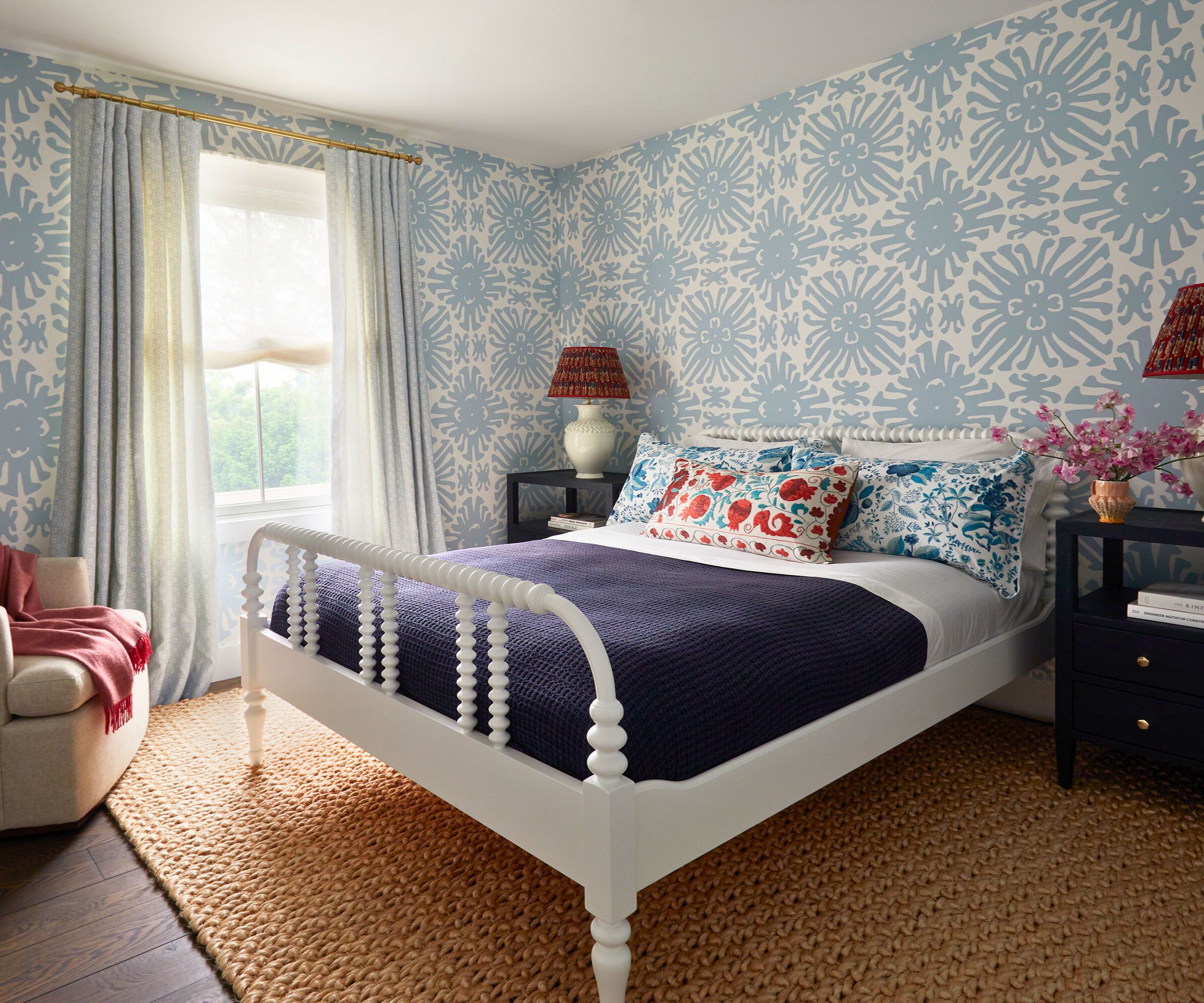
A made bed sets a positive tone for the day and instantly makes the entire room look tidier.
Professional organizer Francesca Verri says, 'This can’t be stated enough: when you make your bed you start the day in an organized way, and that helps breed organization throughout the day.
'It also means you’ve completed the first 'tidy-up task' of the day – which leaves you with a sense of accomplishment you'll want to add to as the day goes on.'
For more, check out these 8 reasons to make your bed every day, plus our guide for how to make you bed the right way.
Design expertise in your inbox – from inspiring decorating ideas and beautiful celebrity homes to practical gardening advice and shopping round-ups.
Verri adds, 'Also, don't forget what's perhaps the most important benefit – when you come into your room after a long day, you'll be welcomed by a neatly-made bed, bringing you that sense of peace and respite you deserve.'
2. Clean the sink

An empty, clean sink creates a sense of order in the kitchen, which breeds order elsewhere.
Verri explains, 'Clean the sink is metaphor for how having things 'done' not only affects your physical surroundings, but your mindset as well. I use the kitchen as an example for clients. When the sink is filled with dirty dishes, the counters tend to be cluttered with homeless items. Soon, you feel overwhelmed, with no idea what to cook, or how to cook.'
Learn how to declutter when feeling overwhelmed.
Verri continues, 'When the sink is clean, or the area is neat, the possibilities for living your life healthy and well are endless. That's because there is an addictive quality to a tidy area, and often one tidy areas beckons you to 'clean the sink' in another area – whether that's folding the blankets on the couch and straighten cushions, putting away laundry, hanging up coats, or straightening shoes in a mudroom.'
This UNHO Stainless Steel Dish Rack from Wayfair sticks to your counter and keeps your dishes drying tidily with its two-tier structure.
3. Tidy nightly

Spend a few minutes each night collecting clutter and resetting your home for the next day.
Home organization expert Amanda Scott says, 'It's much easier to manage small messes than tackle a big one later. Just like dust attracts more dust, clutter attracts more clutter. So while this tip may not have a fancy name, I believe it's crucial for keeping your home tidy.
'Simply set aside a few minutes each evening to return shoes to the shoe basket, hang up coats, recycle the day's junk mail, wipe down the kitchen counter, run the dishwasher and start a load of laundry. If you have kids, let them help out by giving them a basket and going around the house picking up their toys and returning them to their homes.
'I love this daily habit as it really helps you to cultivate a sense of control and calm over your home. It’s a simple yet powerful way to enhance your daily life!'
Learn more about the habits of highly organized people.
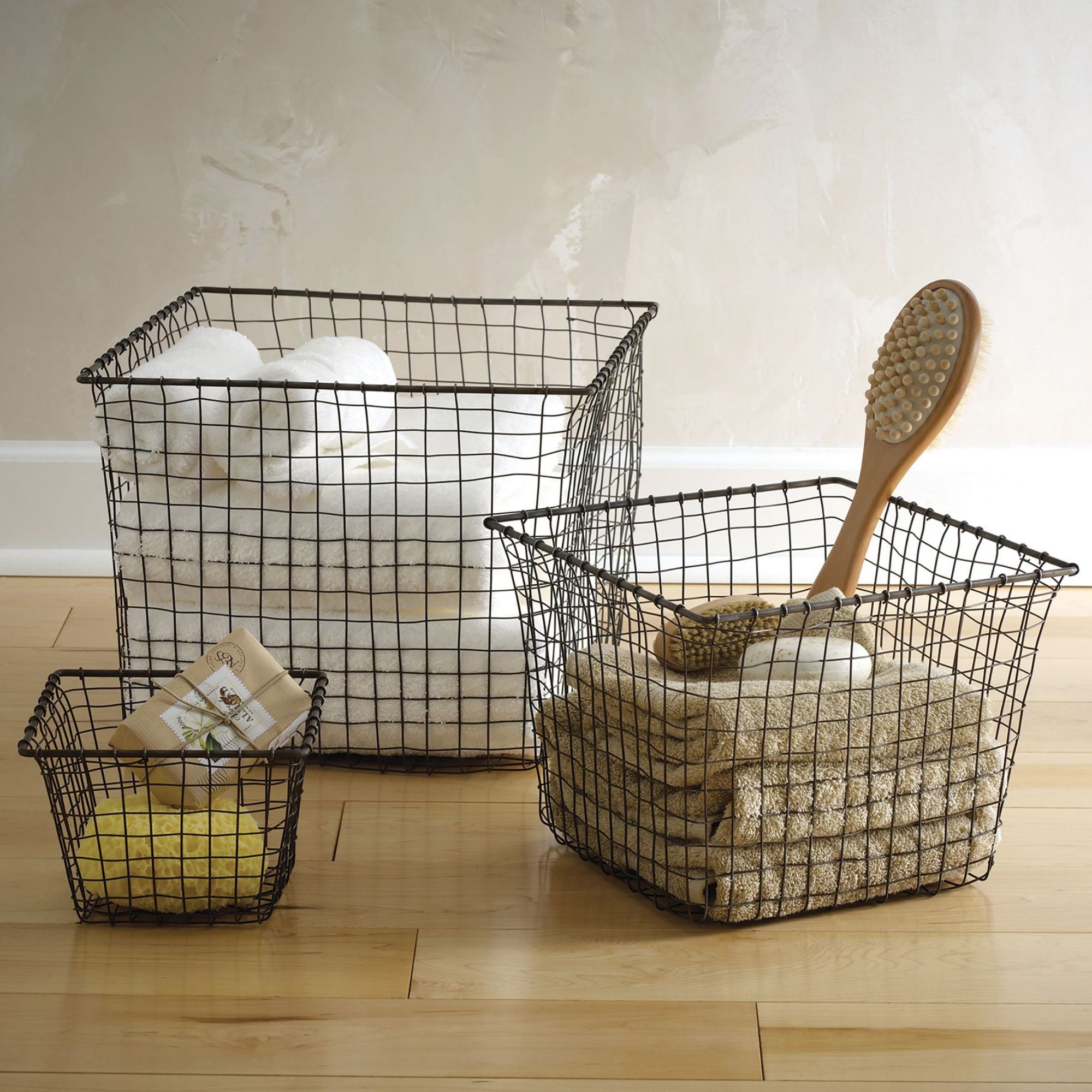
These utilitarian Pottery Barn storage baskets fit nicely with all manner of interior schemes and can store plenty of items, from towels to magazines.
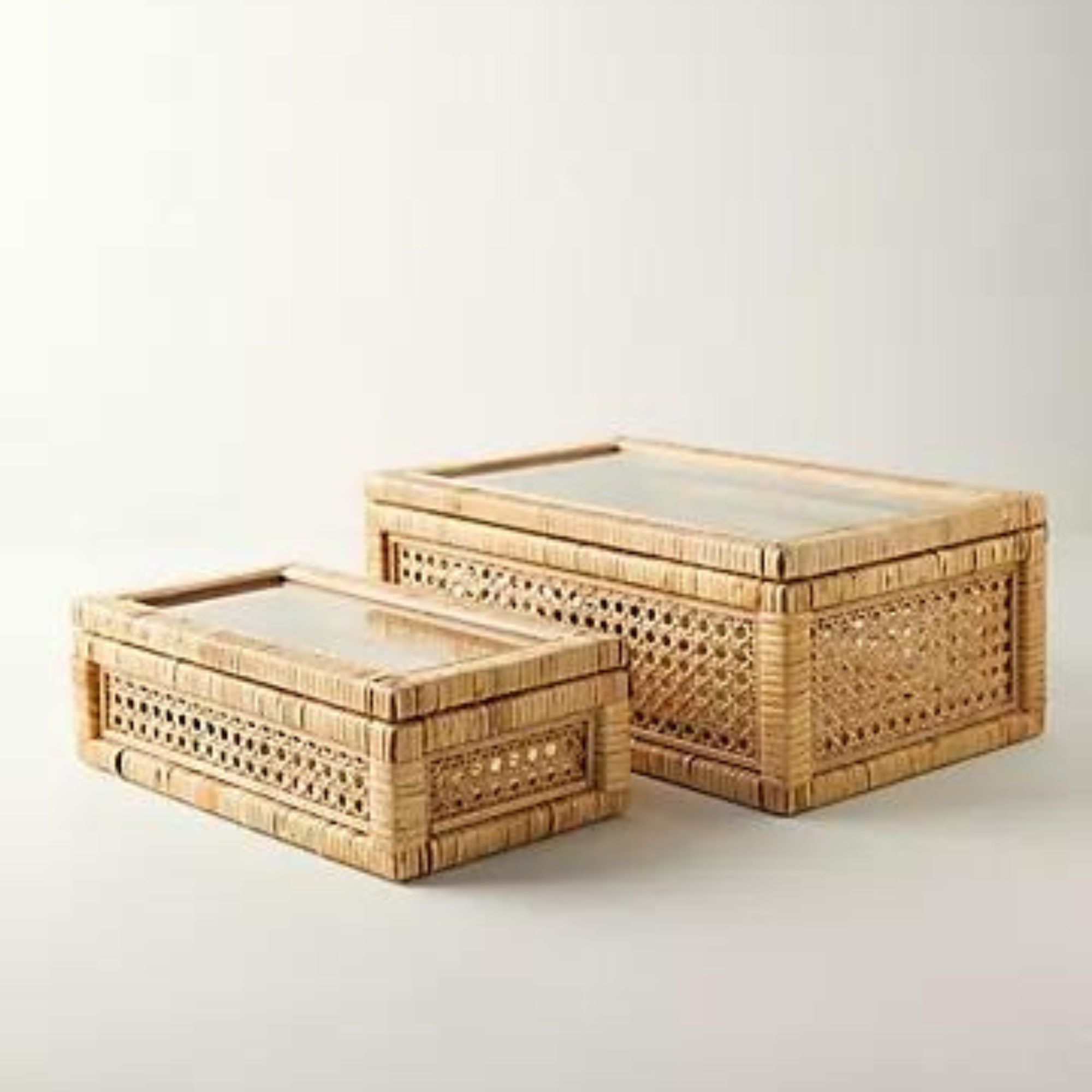
Rather than leaving odds and ends scattered about your coffee table, consider placing small miscellaneous items in one of these stylish rattan boxes. Though they will stack, be mindful of the weight of the box on top to protect the glass.

Ideal for end-of-day tidying, this large basket is easy to transport from room to room and available in seven colors to match your surroundings perfectly.
4. The 'one in, one out' rule
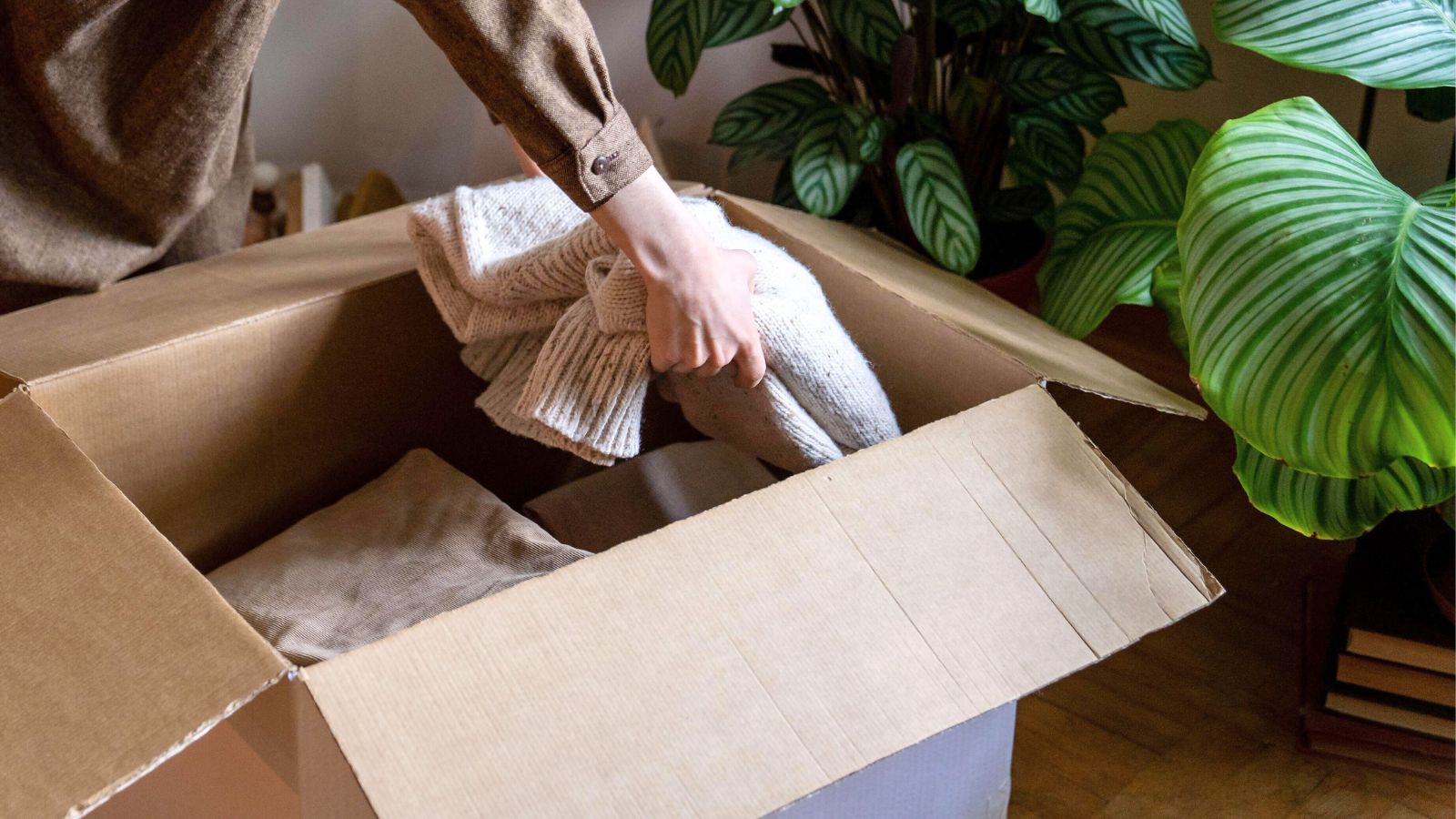
To prevent clutter from building up, adopt the 'one in, one out' rule, which our writer recently tried and loved, finding it changed her whole relationship with shopping permanently.
Karina Toner, operations manager at Spekless Cleaning, says, 'This simple but effective rule always keeps clutter at bay by limiting the number of new items you bring into your space. I love this because it helps me make sure I’m more intentional with my purchases, encouraging mindful consumption and cutting down on impulse buys that often lead to unnecessary clutter at home. Plus, it’s a habit that truly just becomes second nature with time.
'The method is simple: every time you bring a new item into your home, get rid of an old one. For example, if you buy a new pair of shoes, donate or discard an old pair. This works especially well for areas like closets, toy storage, and even kitchen items.'
Find out more about what is sometimes known as the 'tidy toss method' in our detailed guide – Why I use the tidy toss method to keep my closet organized.
5. Don't put it down – put it away
One of the simplest yet most effective habits is to immediately put items where they belong instead of setting them down. Avoiding putting things away is one of the things people with tidy homes never do.
Verri says, 'I started saying this mantra early on in my career and still implement it in my daily life to keep my spaces tidy. I love it because it reminds me of the most important tenet to staying organized, which is that everything must have a home.
'The way it works is simple. When something comes into your space – whether by you or someone else – it needs to be questioned almost immediately. I say almost immediately because the biggest downfall for people who want to be tidy is that they don’t make decisions quickly, if at all, on what belongs in the space.
'Instead of putting it away, we put it down, for a second. And that second turns into days and weeks. Eventually, the clutter that forms feel overwhelming and tidying up appears harder and harder to do.'
It can also make people prone to clutter blindness, when they no longer notice the mess accumulating.
Verri adds, 'Instead of putting it down ask yourself the following questions: Do I need this? Will I use this? Do I like this? These basic questions will take the emotion out of an item and lead you to keeping only what serves a purpose.'
This prevents clutter from building up in the first place, thereby reducing the need for tidying in the longer term.
6. Point of performance
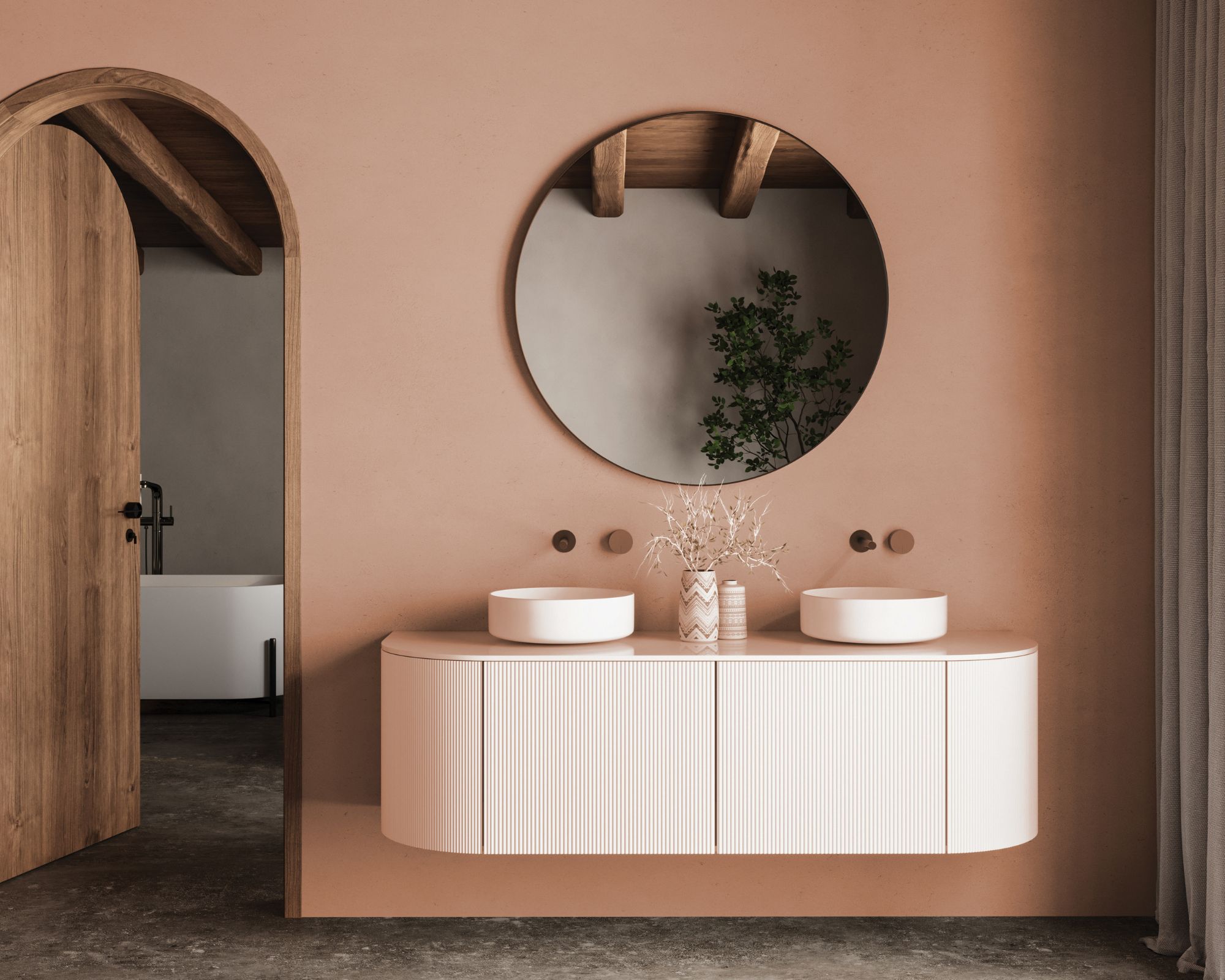
Store items close to where you use them.
Certified professional organizer and owner of One to Zen Organizing, Jill Katz, says, 'I love this method because it takes into account that we are best organized when we have everything in the right place at the right time.
'Simply put items closer to where you use them. For example, put your morning medicine in the bathroom so when you get up to go to the bathroom in the morning, you'll remember to take it.
'Create a coffee station with coffee maker, coffee, mugs all together so you won't go to get the mugs and forget what you were doing and move on to another activity!'
Katz adds, 'Leave your return items in the car so when you pass the post office, store or library you will have them with you.'
Whether it's office supplies in your desk, kitchen utensils near the stove, or a wall mounted mail organizer from QVC, this method saves time and keeps clutter at bay.
7. Today's top three
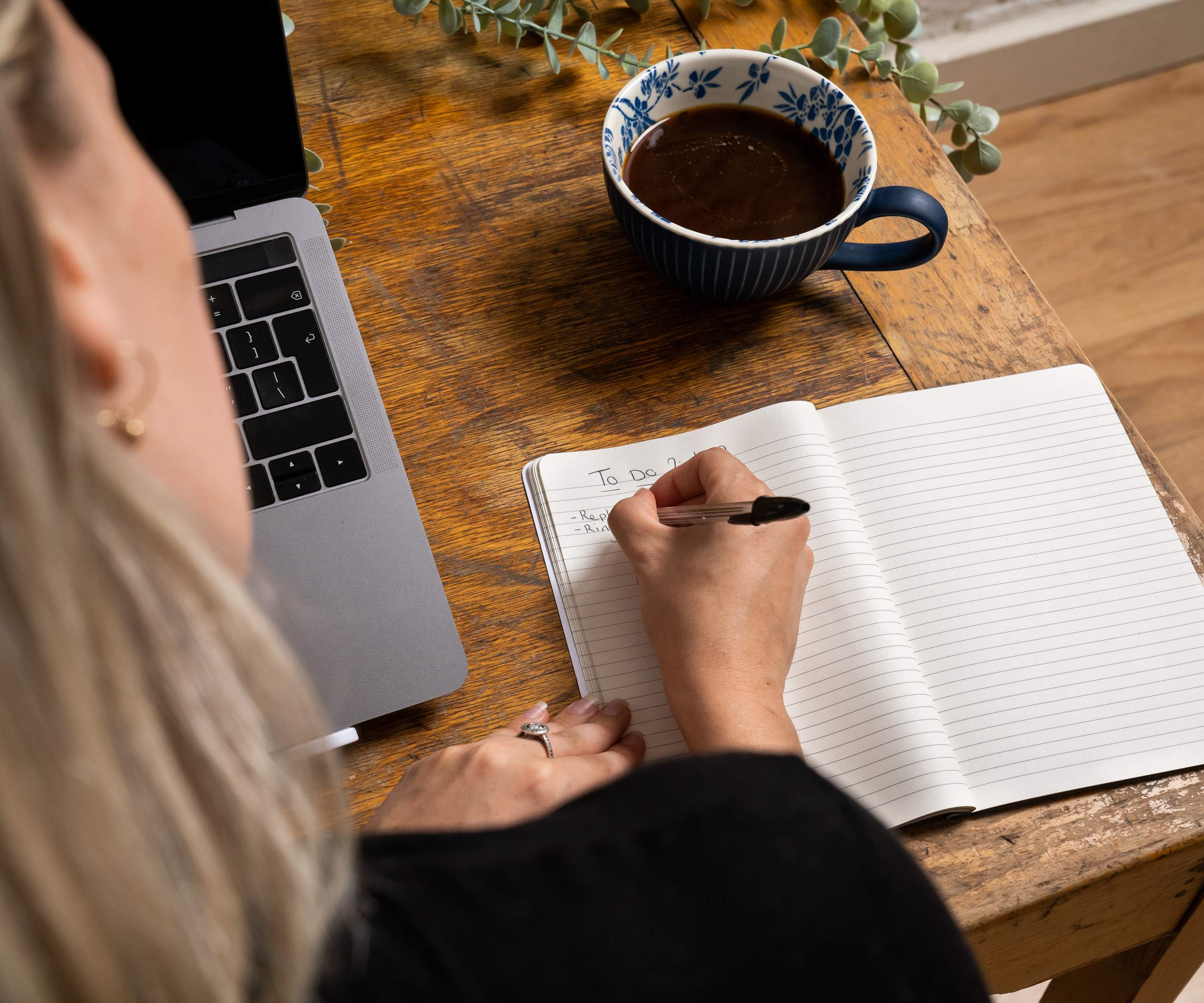
Each day, pick the top three tidying or organizing tasks you want to accomplish. Focusing on just three priorities prevents overwhelm and helps you stay productive.
Katz explains, 'We lead busy lives so looking at our endless running task list is sure to create overwhelm. But if you learn to prioritize the top three things then you are setting yourself up for success. Get those things done and you are golden! Plus it prevents procrastination which is defined as any task that you are not supposed to be doing.
'Whether the night before or in the morning, take 10 minutes to look at your stream of action items and choose three specific tasks that take no more than 30 minutes. Make sure to choose at least one important but not urgent task to stay ahead of the game. Write it down on a whiteboard or planner, and make it a priority for that day.'
Katz recommends this Blue Sky Rugby Stripe Planning Calendar, adding, 'I like these planners because they have a 'top three things' section built into every day.'
8. Vertical storage
Store papers and magazines vertically to prevent dusty towers. It's also a great space-saving way to use vertical storage.
Katz says, 'Papers are often our downfall. The trick is to get them into one place, and filed sensibly. And that is the vertical action items folder. Take a magazine rack or a desktop file organizer, but make sure it holds papers vertically. Putting papers flat horizontally on a surface is a big no-no, because you can only see the top paper on the pile. Vertical papers can be rifled through more quickly.
'When paper enters your home, take a post it, write the next action step and stick it on the paper. Examples include wedding invitations (the action being to respond), bills (pay) or circulars (take a look and see if there's anything you'd like to buy). When you return to the paper, you won't have to waste time remembering what you have to do.'
For neat and easy-access vertical paper storage, Katz recommends these Container Store Medium Multi-Purpose Translucent Bins. Alternatively, try these Amazon Basics Plastic Desk Organizers, which come with more than 10,000 five-star customer reviews.
These living room organizational mistakes include more top tips for making the most of vertical storage.
9. Make your own rules
Personalize your organizing habits to fit your lifestyle and reduce tidying anxiety. If certain decluttering tips don’t work for you, tweak them until they do, or keep trying new ones till one hits the spot. We particularly love the Didn't Know method, and the 30-second chore rule in our house.
Katz says, 'We all get tripped up by some category in organizing. But if we think about that category and make rules in advance, we can make it easier on ourselves. Look around your space and see what category is tripping you up. Some common examples that I see in my clients include clothes, books, makeup and greeting cards.
'Think about the problem. Do you have too many of that category, or do you not know where to put that category? Then think about the solution. Do you need a specific place to put the item, more storage, or perhaps a rule for when to let them go?
'Experiment with your rule and tweak as necessary. For example, one of my clients had greeting cards collecting around the house. We made a rule that greeting cards would remain on display for the month of the event and then retired to a memory box on a shelf in her bedroom closet.'
Katz recommends this Place & Time Fall Sunflower Flip Top Box for tidy storage of sentimental keepsakes or cards.
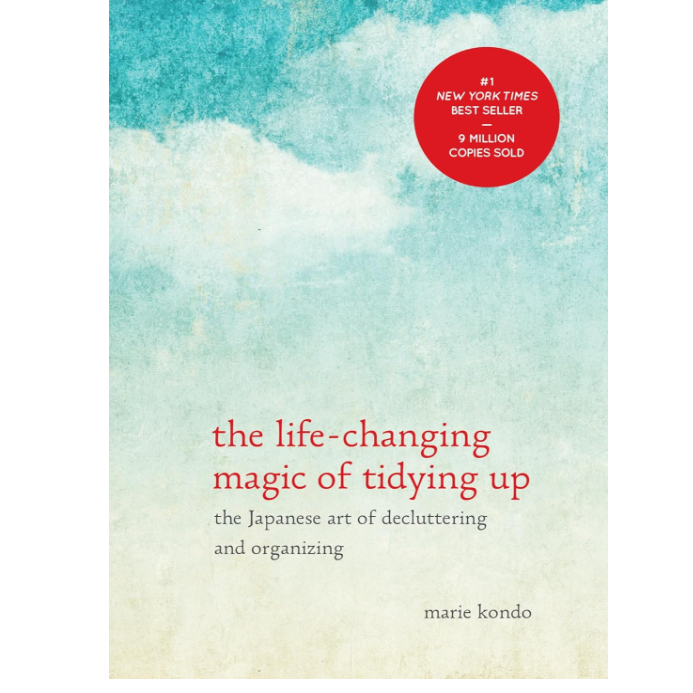
Take tidying to a new level with book that sold in its millions, containing guidance on how to simplify your home and lifestyle to focus on what brings you joy, courtesy of famous cleaning consultant, Marie Kondo.
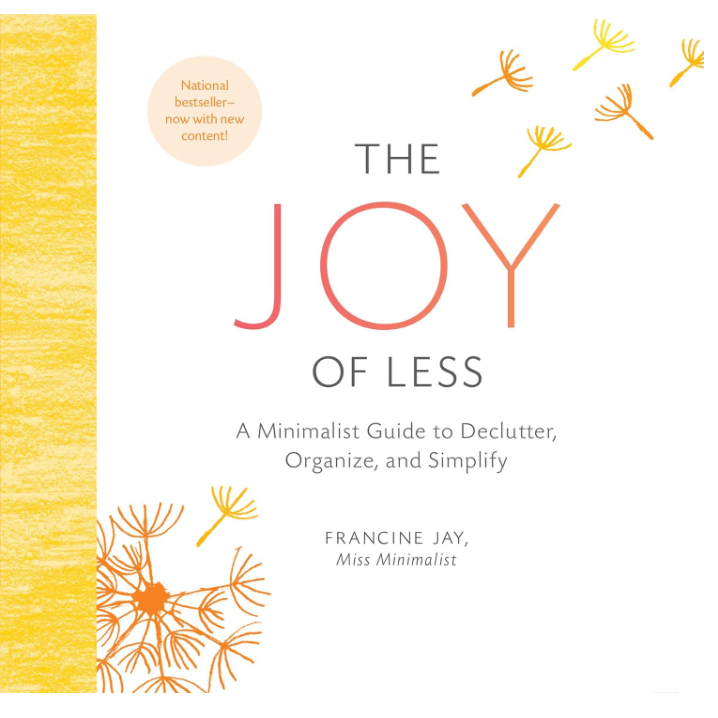
This fun and lighthearted introduction to the joys of having less stuff introduces the author's 'Streamline Method' – a 10-step process to rid your house of clutter and keep it tidy over the longer term.
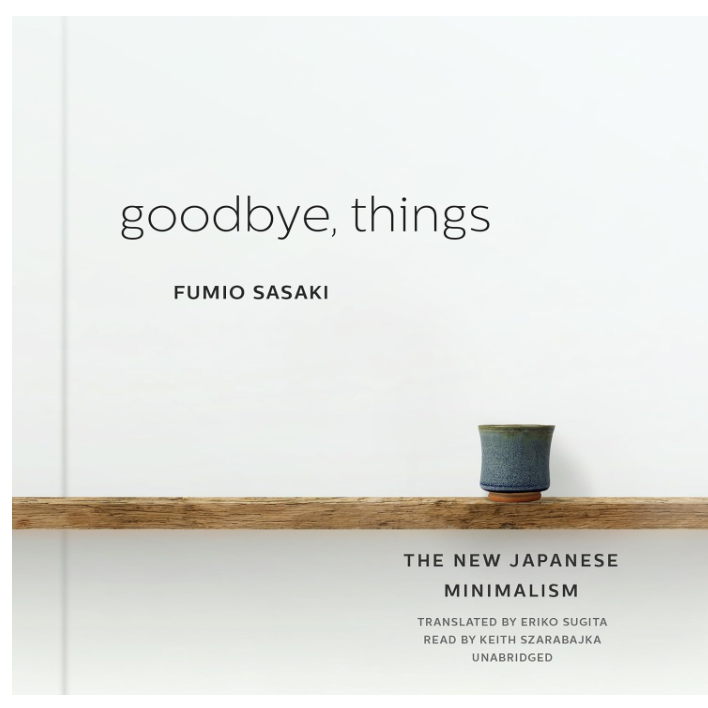
This first-hand account of how the author let go of clutter and learned to embrace a tidier lifestyle is a heartwarming tale of freedom, focus, and gratitude, and how you can enjoy the same.
10. Sort toys by category
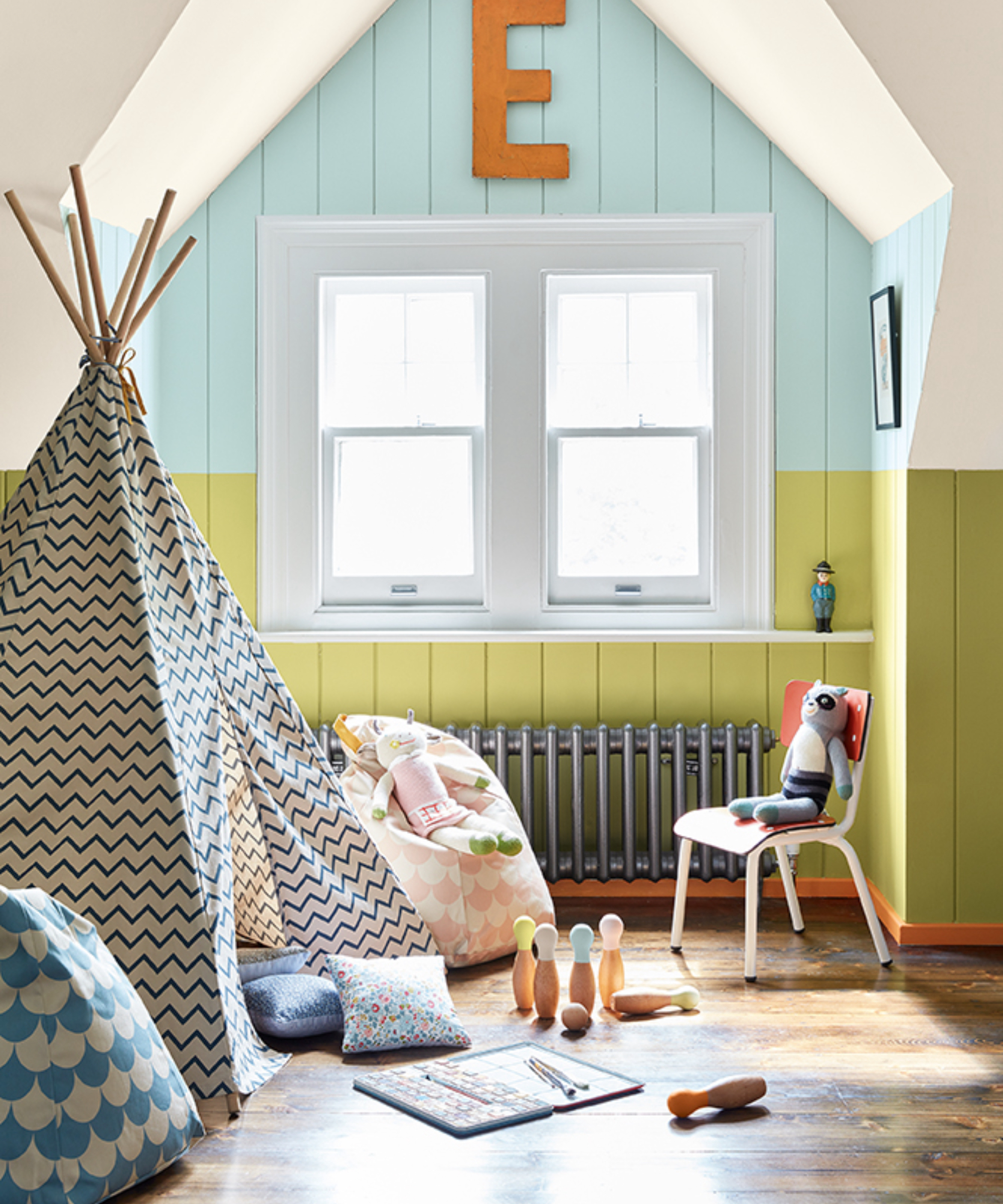
Organize a playroom by sorting children’s toys into specific categories – such as building blocks, dolls, or puzzles – and store them in labeled bins.
Renowned interior designed Victoria Holly says, 'When organizing kids' toys, it’s essential to create a system where each type of toy is categorized into a specific bin in their room. That way clean-up time is easy for both you and them. And it allows for easy transitions if toys are brought into common areas like the living room.
'Start by categorizing toys into groups – puzzles, stuffed animals, building blocks, and so on. Assign each category to its own bin and label them for easy identification. This method not only helps kids understand where each item belongs but also encourages them to put things away independently. The key is choosing bins that are large enough for each toy type, ensuring that everything fits comfortably.
'I love using these Large Wooden Stacking Bins from the Container Store. For a more polished look that blends with any decor, try these Medium Brentwood Whitewash Bins, also from The Container Store.'
Holly adds, 'Target’s Threshold line also offers sturdy, stylish options at a great price point. These Pillowfort Large Crate Kids' Toy Storage Bins are wooden but with a fun, contrasting colorful interior.'
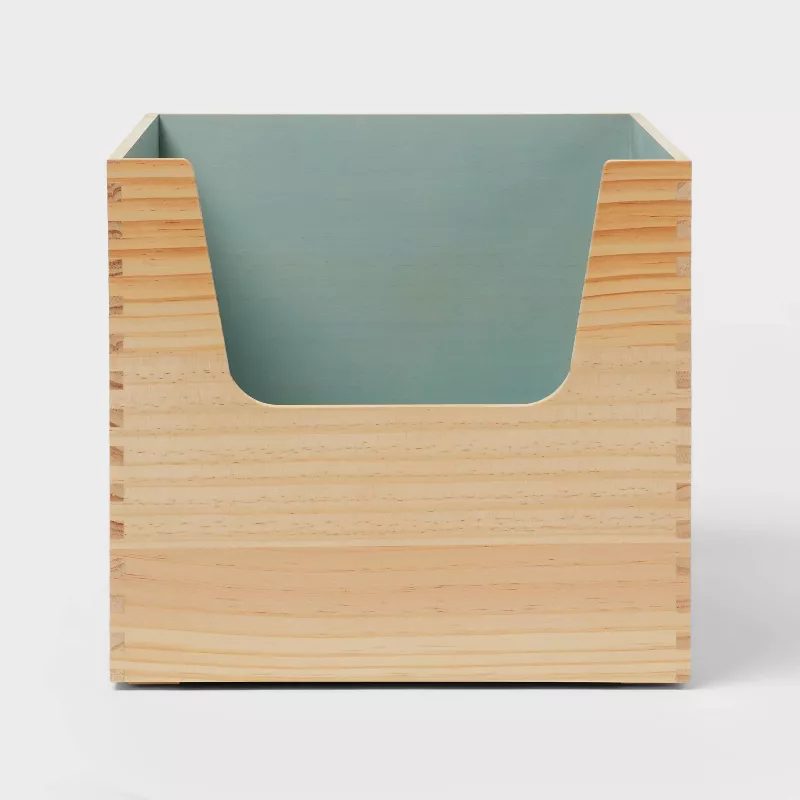
Holly adds, 'Target’s Threshold line also offers sturdy, stylish options at a great price point. These Pillowfort Large Crate Kids' Toy Storage Bins are wooden but with a fun, contrasting colorful interior.'
11. Refine your pantry storage

Organize your pantry with clear containers and labels to keep items visible and accessible.
Holly says, 'A well-organized pantry not only looks great but also streamlines cooking and meal prep. Using minimalist clear jars with beautifully designed labels allows you to quickly identify ingredients and see what you’re running low on, saving time and avoiding unnecessary grocery trips. Plus, it creates a sense of calm and order in the kitchen.
'To get started, transfer pantry staples – like grains, spices, and snacks – into clear glass jars or containers. Label each jar with the ingredient name, and if possible, organize them alphabetically. This helps you know exactly where to find what you need and allows you to see when you're running low on items.'
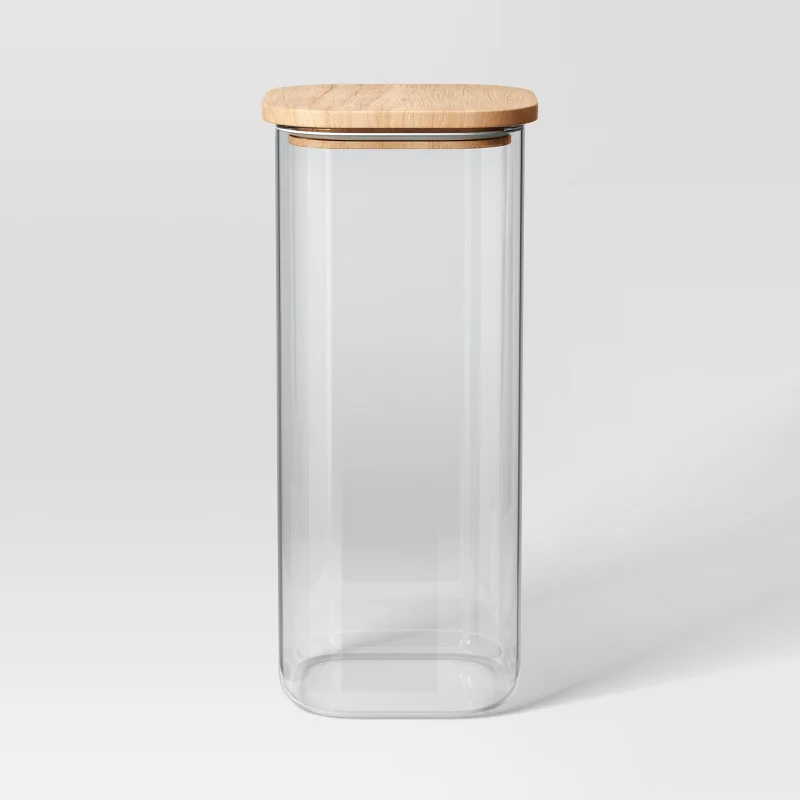
Holly recommends this Threshold Glass Square Food Storage Canister from Target, adding, 'These air-tight containers keep ingredients fresh and make it easy to see everything at a glance. Pair them with simple, elegant labels – such as this Savvy & Sorted 180-Sticker Set from Amazon – for a polished finish that keeps your pantry looking organized and cohesive.'
12. Use drawer dividers
Drawer dividers help maintain tidiness by creating designated spaces for smaller items.
Ben Soreff, professional organizer at House to Home Organizing, says, 'Many people would say they are organized, but what they really mean is that they are neat and tidy. Often what happens is that you will find a pair of socks lying around the house or from the clean laundry and you think, 'I know where this goes', and you shove it in the sock drawer.
'The issue is that the socks drawer ends up in chaos, full of missing pairs, some with holes, and some that you just don't like. We aren't collecting socks for our health or a hobby – we want them to come out of the drawer again.
'Drawer dividers are the simple but effective answer, keeping things neat, tidy and accessible. I love these Bambüsi Store Bamboo Drawer Dividers from Amazon, which work well not only in kitchen drawers to create zones for cooking utensils, but also in bedroom drawers for clothing such as socks, underwear, swimsuits and gym wear.'
Soreff adds, 'Crucially, drawer dividers also create a limit, reminding people that more isn't better – better is better.'
For more on this topic, check out these five things people with organized drawers always have.
13. The one-touch rule
A popular rule expert organizers swear by involves committing to only handling items once.
Eryn Donaldson, professional organizer and founder of The Model Home, explains, 'This simple rule prevents clutter from building up by dealing with items immediately. Instead of setting something down to deal with later, you handle it in the moment, which reduces procrastination and keeps spaces tidy.
'As soon as you pick something up, deal with it right away. If it’s trash, throw it away. If it’s laundry, put it in the hamper. If it’s a bill, file it. The key is to limit the handling of that object to the one time, rather than having to return and tidy it later.
'One item I've found to really help with this is a cute wall-mounted mail organizer, such as this Dickinson Metal Wall Organizer from Wayfair. This helps keep incoming paper and mail from cluttering up countertops, giving everything a designated home at first touch.'
For a more in-depth look, check out our writer's first-hand experience of the one-touch tidying rule, or delve into how to get motivated to declutter.
14. Have a drop zone
Creatinga designated drop zone near the entrance for items like keys, mail, and bags is vital wherever you are: be it on the International Space Station like astronaut Chris Hadfield who shares his brilliant organizing tips with us, or in your home firmly here on earth.
Will Cotter, owner of HappyCleans, says, 'My drop zone near the entrance for keys, shoes, and bags has saved me so much time. I’m not running around looking for my keys every morning, and it keeps clutter from spreading throughout the house.
'It can be a hook, basket or a small table – take your pick! Though it might sound simple, it helps maintain order right from the moment you step in the door.'

Streamline your entryway with this wall mounted nifty little organizer. It doesn't hold a huge amount of mail, keys or other hanging items to limit how much you can shove into this space. Limiting the storage space will force you to keep it tidy.
15. Embrace the junk drawer
Though often derided, it's actually OK to have a junk drawer, especially if you put in vital items that will always live there and therefore be easy to locate when you need them most, such as this stainless steel multi-purpose scissor set, from Walmart. Learn more about the essentials to keep in your junk drawer.
Cotter explains, 'It really is OK to have a junk drawer, so long as it's only one! This allows you to keep all the random odds and ends in one place, so it doesn’t take over the whole house. You can put spare batteries, random pens, or extra buttons.
'However, it's important to go through it every few months to avoid overflow. This will ensure you remain aware of what's in there, so you'll be able to find and use it when you need it. Plus, it allows you to ditch some things and ensure it doesn't begin to overflow!'
Small dividers can help keep your junk drawer more organized and identify the things you need to get rid of in your junk drawer. These Brightroom Collapsible Fabric Drawer Organizers from Target will do the job nicely.
So there you have it – 15 tidying tips and methods professional organizers swear by. Professional organizers swear by these practical methods because they simplify tidying and create a more serene space.
By incorporating these tidying tips into your routine, you’ll keep your home looking organized without feeling overwhelmed.
Next, check out these five questions to ask yourself when organizing your home.

With more than a decade of experience writing news, lifestyle, consumer, and human interest articles for a wide range of national and international publications, Andy is a highly-qualified journalist writing features for the national press. From front porch to backyard, attic to basement, Andy has written about every area of the home. He specialises in bringing together the best industry expertise to answer all of your most pressing home and garden questions about seasonal and everyday cleaning, decluttering, organizing and DIY.
